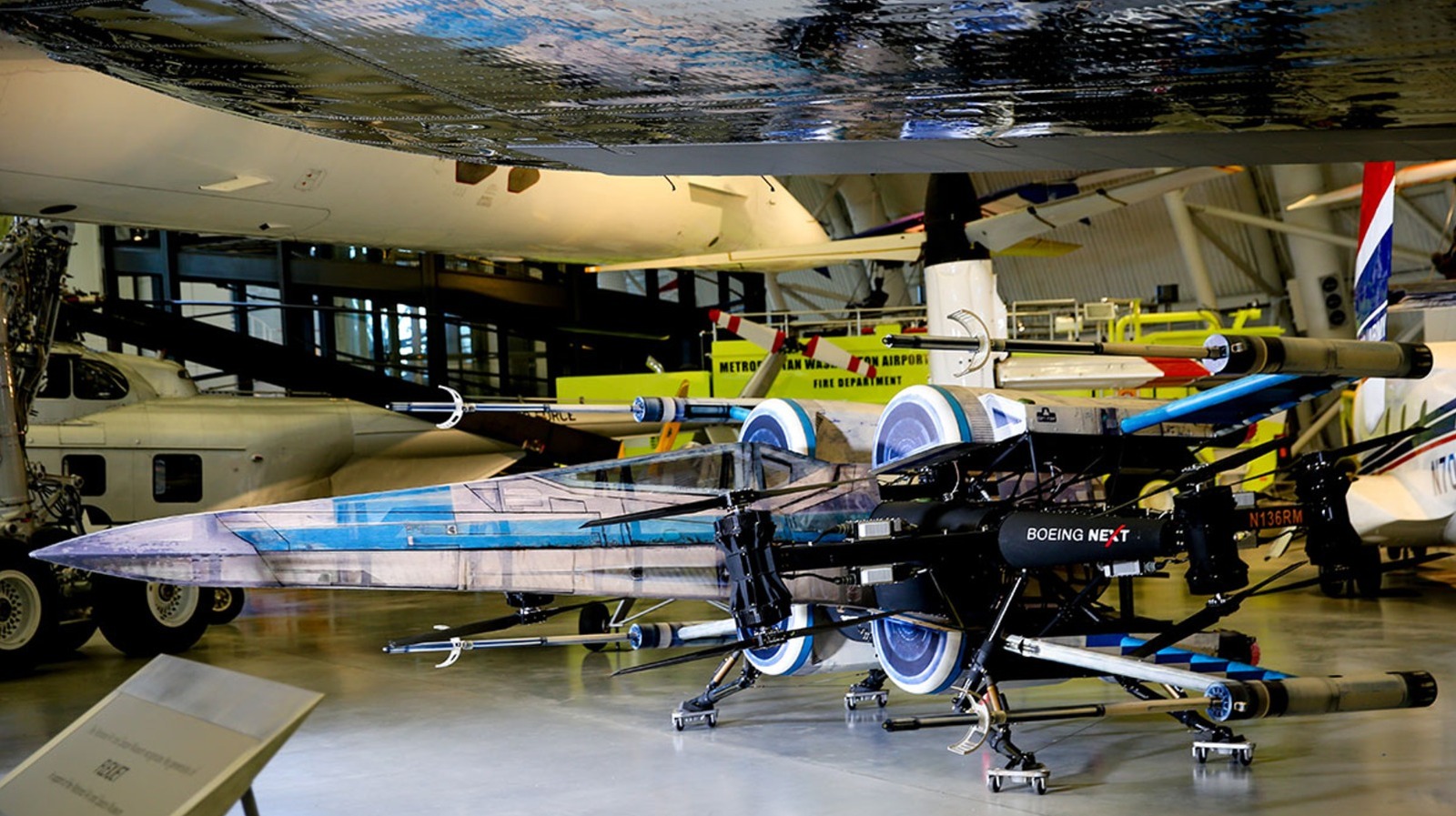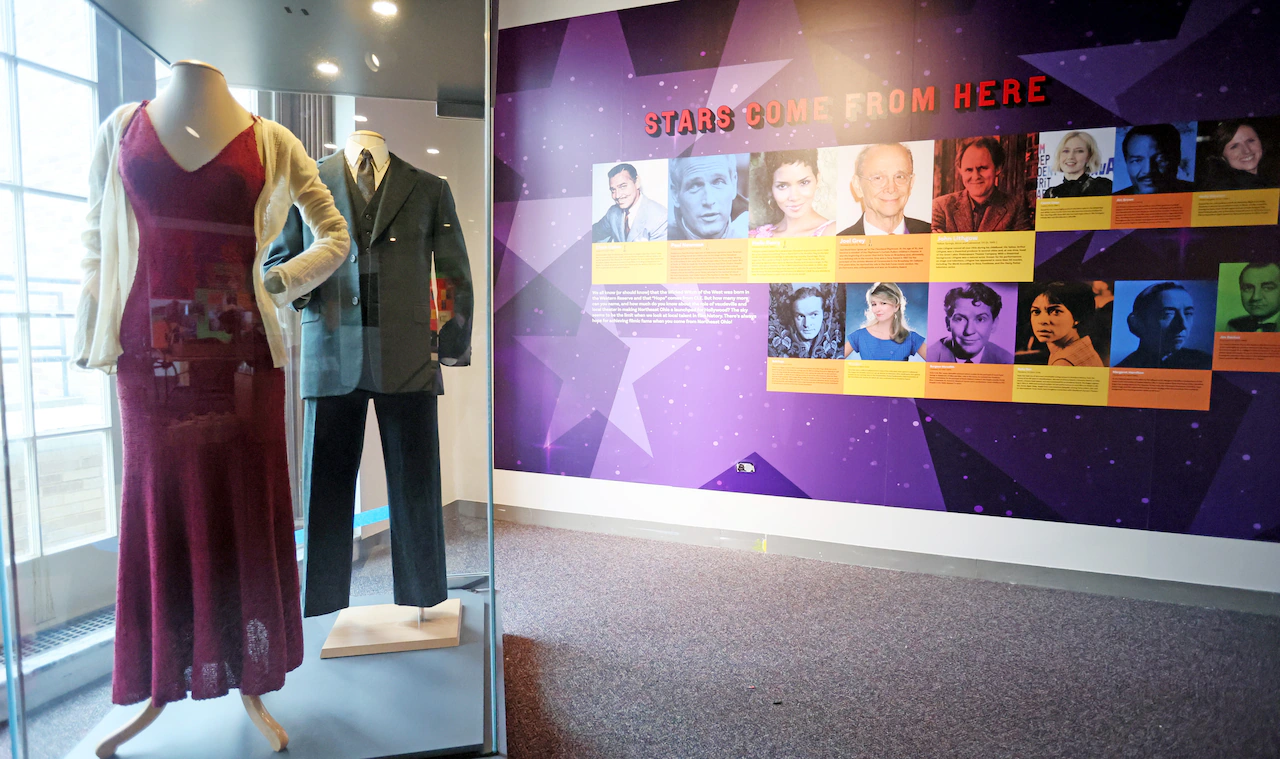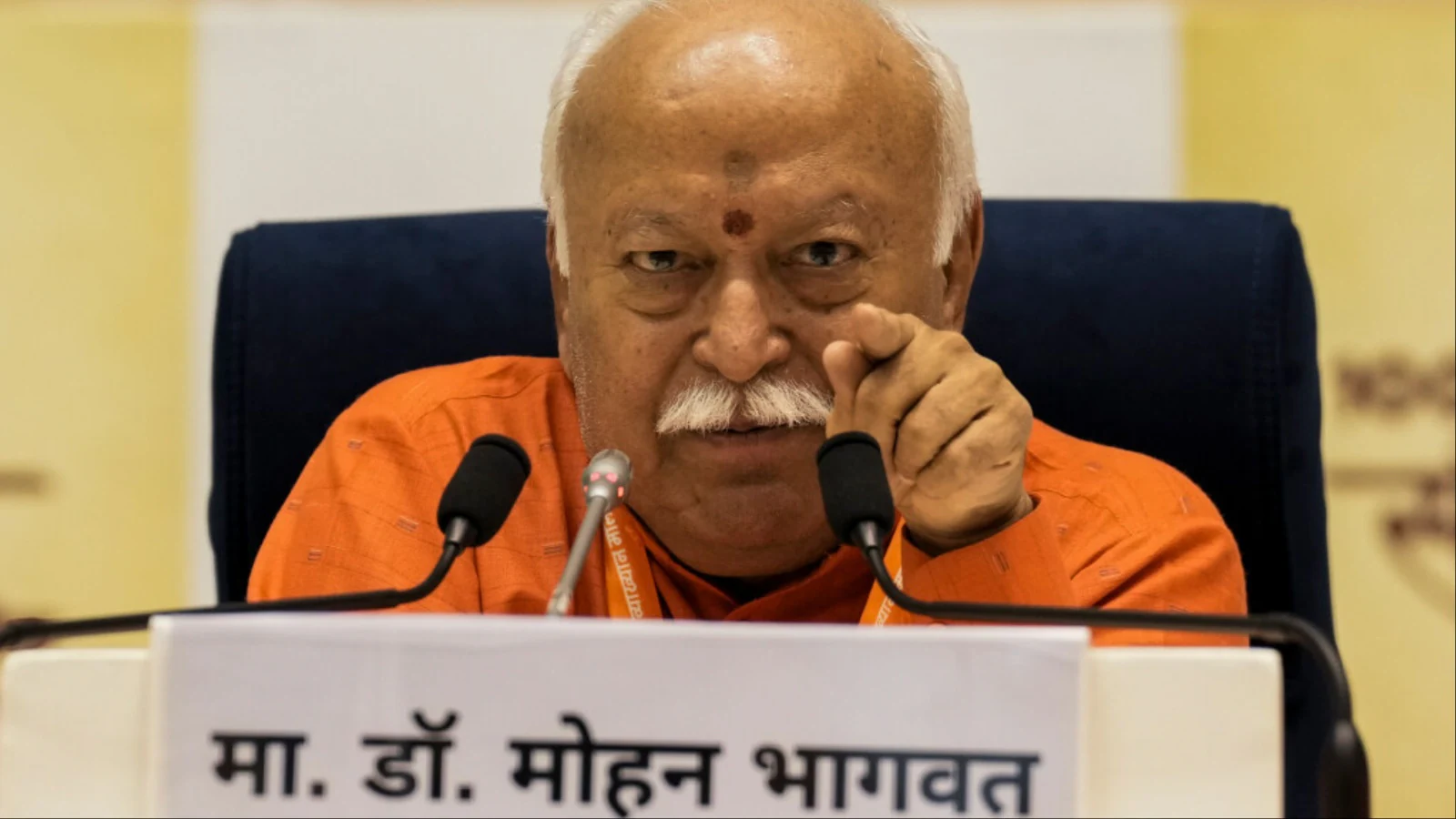
We may receive a commission on purchases made from links.
There are many instantly recognizable ships from popular science fiction franchises, be it the TARDIS from “Doctor Who,” the “Battlestar Galactica” from its eponymous series, or the warp drive-powered USS Enterprise from “Star Trek.” For “Star Wars” fans, two ships stand out from the franchise’s many examples: the Millennium Falcon and the X-wing. The latter was the starfighter Luke Skywalker used to destroy the first Death Star, and it’s iconic.
Fans have played with toys, built models from scratch, and thrown together impressive LEGO sets for decades. Still, only Boeing has ever built working X-wings. Granted, they couldn’t travel faster than light, and only flew once, but one of the two was important enough to find its way into the halls of the Smithsonian’s Air and Space Museum in Washington, D.C. Boeing didn’t produce its X-wings on a whim, of course; instead, it was hired by the Walt Disney Company as part of the 2019 opening celebration for its Rise of the Resistance attraction.
The X-wings consist of two 20-by-17.5-foot CV2 drones to which Boeing applied body panels to make them look like X-wings. Looking at them up close, you can see how they differ from the ones seen in the movies, but seeing them fly at night makes a world of difference. That’s how they were presented to the public, with onlookers watching in amazement during the supposed X-wings’ brief flyover. Aided by lights and sounds, they appeared very legit.
To create its pair of X-wings, Boeing utilized its CV2 cargo air vehicles (CAVs), which can carry up to 500 pounds of cargo. While they weren’t intended to become commercial products, the CAVs were used as testbeds for other tech. Each X-wing CAV boasts a wingspan of 20.2 feet and 128 kW direct-drive electrical motors.
The X-wing features material designed to clad the CV2’s outer body, giving it the look of the iconic starfighter. The CAVs feature six pairs of stacked propellers, adding redundancy in the event of a failure. With these in place, the X-wings could perform vertical takeoff and landing, much like some of the coolest drones available to the public. It’s unclear how heavy the X-wings are, though they should be within the drones’ 500-pound carrying limit.
Compared to the X-wing from “Star Wars,” though, they’re just toys. The X-wing starfighter features distinctive S-Foils and four laser cannons, alongside proton torpedo launchers outfitted on the fuselage. They’re handy in both dogfighting scenarios and long missions, and have a single occupant piloting, aided by an accompanying astromech droid. That makes them a bit more agile and useful than what Boeing created. Regardless, Boeing’s X-wings no doubt brought a great deal of joy to the lucky few who witnessed their flight.
While you’re not going to get your hands on Boeing’s X-wings, one of which is in a museum, there’s still hope. There are several options out there if you’ve the cash and want a flying X-wing to blow up your own Death Star should one cruise close enough to Earth. The Propel Star Wars Quadcopter looks much like a real X-wing, though with the added benefit of four propellers beneath it. You can even fly alongside your friends and blast them with lasers for under $200.
Another popular option is LEGO, and while the final product won’t fly, you’ll have hours of fun putting one together. LEGO makes several versions of the X-wing at different price points. The most complex model consists of 1,953 pieces, while several retired models feature fewer. Of course, the older a LEGO set, the costlier it is, as any collector will tell you. That said, if you have enough spare pieces, you can always use the Brickit app to find designs and throw one together using what you have. Another option is to build a full-size X-wing model, if you have the skills.
Boeing wasn’t the first to produce a flying X-wing, though. One of the most impressive attempts was a 1/2-scale, rocket-powered X-wing made to celebrate “Star Wars'” 30th anniversary. The homemade starfighter disintegrated mid-air, so it didn’t last as long as Boeing’s, but it was still a fascinating attempt at building a working X-wing.



